The Comprehensive Guide to Albs: History, Significance, and Care
Exploring the Alb: A Vital Element in Religious Ceremonies
Introduction to the Alb: Origins and Historical Context
The Alb, a traditional white garment, is steeped in religious and cultural history. Originating from ancient times, it has been a staple in various religious ceremonies, particularly within Christian denominations. This introductory section will explore its origins, tracing the journey from its humble beginnings to its current status as a revered ceremonial garment.
The Evolution and Design of the Alb
Over the centuries, the Alb has undergone significant transformations in design and material, adapting to changing cultural and religious practices. This part of the guide will delve into the different styles of Albs, examining traditional designs versus modern adaptations, and discussing the significance of different materials and colors used in their creation.
Selecting the Perfect Alb: A Buyer’s Guide
For individuals or institutions looking to purchase an Alb, this comprehensive guide offers essential tips and considerations. It will cover aspects such as sizing, material selection, and stylistic details, ensuring the Alb not only meets ceremonial requirements but also offers comfort and durability.
Care and Maintenance of Albs
Maintaining an Albs is crucial to preserving its beauty and significance. This section provides detailed instructions on proper care, including washing, ironing, and storing techniques. It will also offer advice on repairing and restoring older Albs, helping to extend their lifespan and maintain their sacred significance.
- Comfort: Notably, they are designed to be lightweight and comfortable, allowing for ease of movement and wearability during long periods.
- Design: In terms of design, ALBs range from the traditional, simple, unadorned style to more elaborate, embroidered variations.
Conclusion: The Alb’s Enduring Legacy
Concluding the guide, this section reflects on the Alb’s enduring legacy in religious ceremonies. It emphasizes its symbolic importance, representing purity, devotion, and a connection to historical traditions, and discusses its continued relevance in modern religious practices.

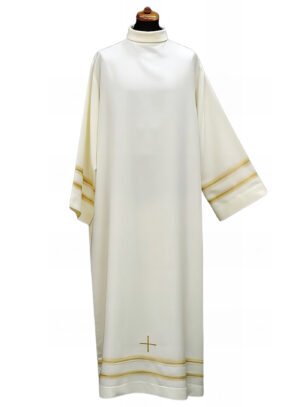
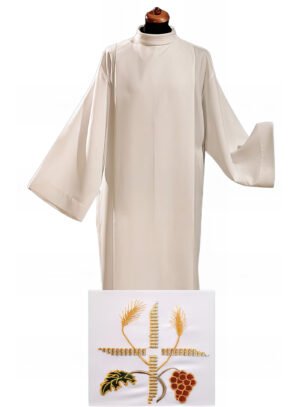
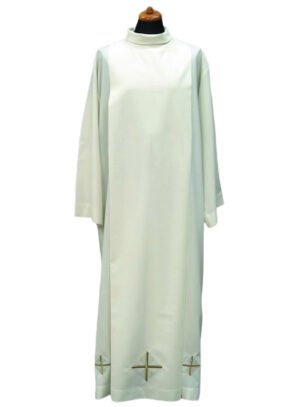
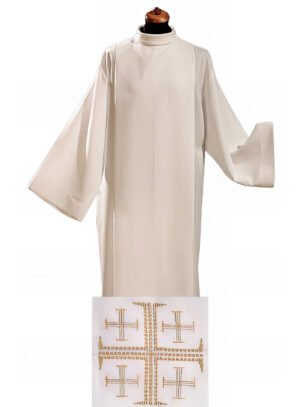
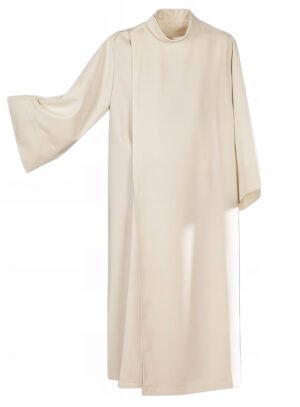
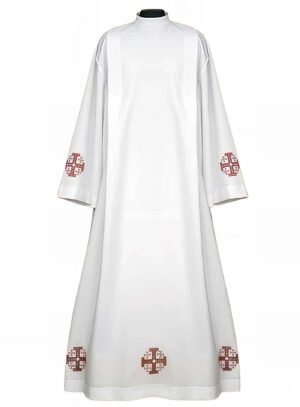
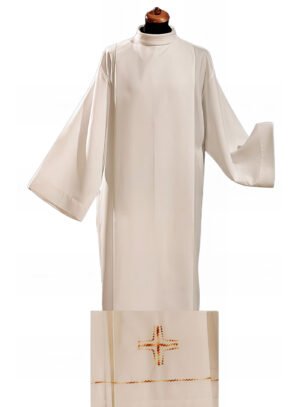
Reviews
There are no reviews yet.